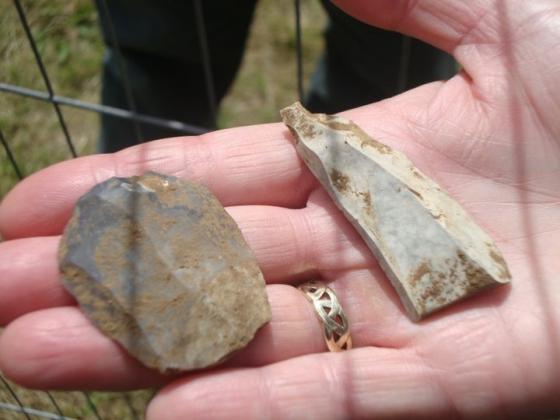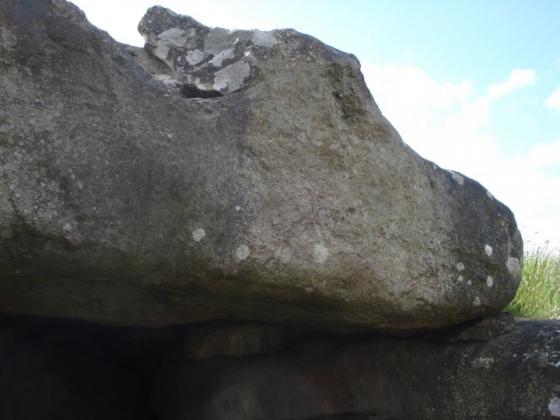
Autumn equinox visit to the earthwork.

Autumn equinox visit to the earthwork.


Almost six years on from my previous visit, little has changed.

The “experimental earthwork”, Overton Down. Showing the exposed chalk in the ditch.

Interesting. !

Overton Down Experimental Earthwork
This is the experimental ‘barrow’ set up by P A Jewell in 1960 – to look at how ‘real’ barrows would have changed over time. Part of the original study was to actually build the ‘barrow’ with ancient vs modern methods (using deer antler picks, for example). Archaeologists also wanted to look at weathering, soil movement, ditch silting, etc. They buried cremated human bone, sheep bone, charred and uncharred oak and hazel, wool, cotton, and linen, variously tanned leathers, and flints and potsherds.
(The experimental earthwork on Overton Down, Wiltshire. Ed. P A Jewell. 1960)
In 1960, the British Association constructed an experimental earthwork in the vicinity so that patterns of erosion and the behaviour of buried materials could be studied over a known period. So Hey folks, lets be careful with those picnics.
See Jewell, P.A. (ed) (1963) The Experimental Earthwork on Overton Down, Wilts. London: British Association for the Advancement of Science.
Now you can read all about ‘The Experimental Earthwork Project 1960-1992’ in the report online.
Edited by M.Bell, P.J.Fowler and S.W.Hillson
CBA Research Report No 100 (1996)
British Archaeology has a short feature mentioning the Overton Down site, which is now (I believe) all grassy and convincingly ancient looking?!






















































































































































